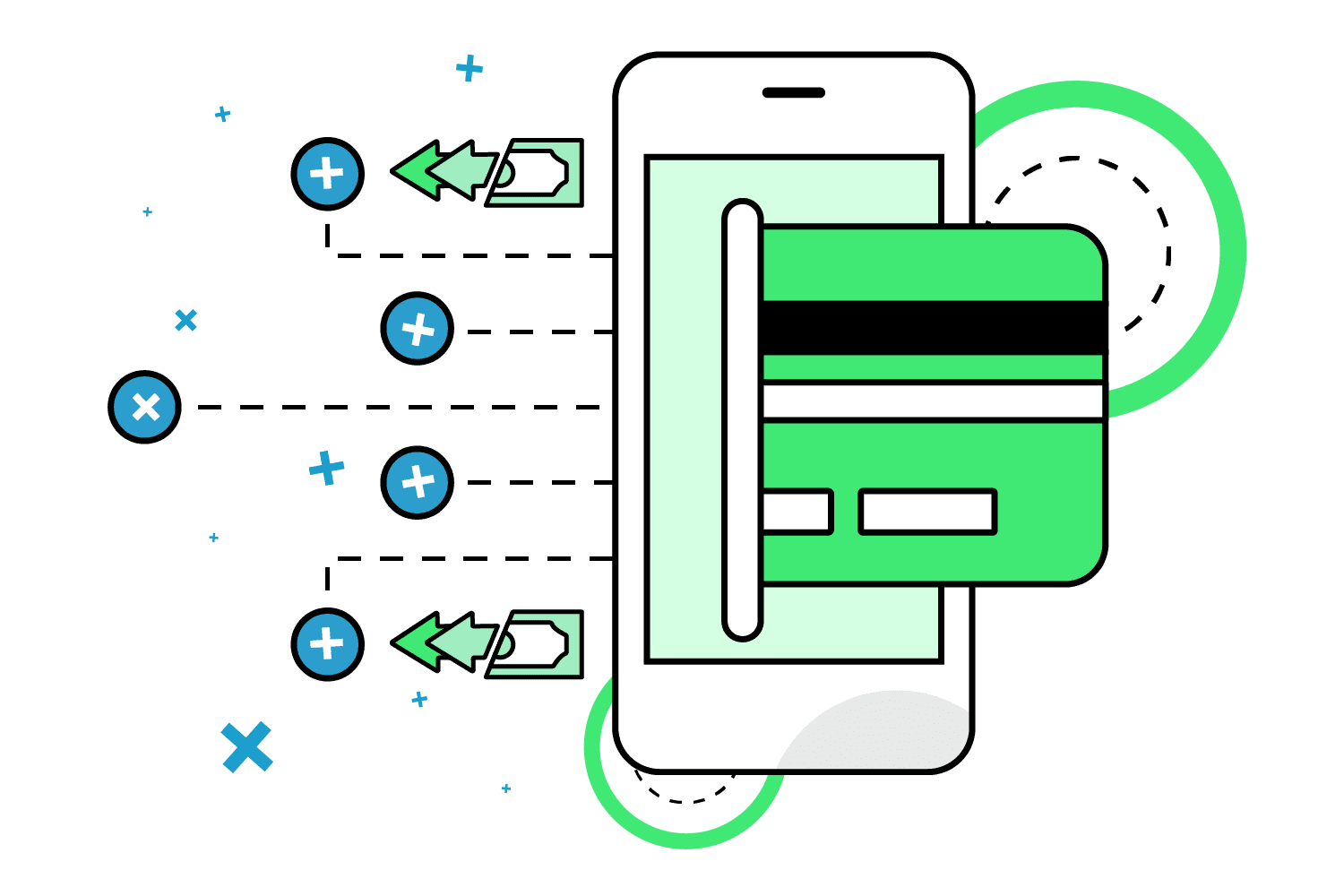Table of Contents
Before exploring mortgage software and how this specialized financial services solution is used by banks and financial institutions, let’s take a moment to look at the housing market. Maybe you’ve heard a little something about the rising price of homes in Canada. Sound familiar? With what’s been referred to as a perfect storm consisting of near-zero interest rates, record-low inventory levels, and increasing demand, the Canadian housing market has been breaking records at an alarming rate. In fact, at one point in 2021, the average price of a home in Canada was up 31.6 percent, and that national average has continued to climb, hitting an unprecedented average price of $816,720 in February 2022. In the span of two years, Canadian home prices have surged by more than 50 percent. While realtors, economists, and industry experts believe that the market may finally begin to cool off in the months ahead, there’s no question that the pandemic has added fuel to the housing boom.
With incredibly low interest rates, unrelenting demand, and short supply in the Canadian housing market contributing to the record-breaking prices of homes across the country, banks and their mortgage advisors are undoubtedly busier than ever. After all, where there’s a home for sale, there’s usually a mortgage that goes along with it. While that might mean increased business opportunities for traditional lenders looking to establish new clients and build long-term relationships with new home buyers, buying a home and securing a mortgage isn’t exactly straightforward. It’s a complex, daunting process that includes collecting important financial information, verifying employment and personal income, managing legal documents, performing credit checks, and much more. So how do banks and their mortgage professionals keep track of all the necessary steps and paperwork required to originate, fund, close, and service all those mortgages so Canadians can finance the purchase of their homes? Well, it probably comes as no surprise that they use specialized mortgage software.
Mortgage software is the back-end financial services technology that federally regulated banks, financial institutions, lenders, and their mortgage specialists use to manage the end-to-end mortgage lending process. The financial services solution covers mortgage origination, pre-approval, underwriting, approval, funding, closing, and servicing. This enterprise software is generally considered a critical component of core banking technology and provides mortgage advisors and underwriters with integrated mortgage lending workflows and the functionality to connect with credit bureaus, set mortgage terms and rates, process mortgage payments, and perform principal and interest calculations.
As part of a comprehensive core banking solution—one that often includes retail banking, term deposit functionality, and an investment management solution—the mortgage software used by banks and financial institutions is connected to an underlying client management database or customer relationship management (CRM) system. This integration provides a customer-level view and administrative functionality that allows financial institutions to view and update important information related to customers and mortgage applicants, including what other financial and lending products they might have and any notable relationships with other customers on their systems. A bank’s mortgage software also integrates with its accounting system, so mortgage loans and mortgage payments can be aggregated and posted to a bank or financial institution’s general ledger.
While the mortgage lending process and the integrated banking technology that’s required to originate and process mortgage loans can feel overwhelmingly complex, an efficient mortgage software solution can simplify the process by providing a streamlined, cohesive user experience that guides users through each step, ensuring mortgage advisors and underwriters are completing all the necessary tasks when originating and funding mortgages. It does this by breaking the lending process down into a few clear steps: origination, pre-approval, underwriting, approval, funding, closing, and servicing.
So, how does mortgage software handle each stage of the mortgage lending process?
How Does Mortgage Software Handle the Mortgage Lending Process?
All lenders and brokers have their own business processes and take their own approach to approving and funding loans and mortgages. That’s why mortgage software will often include user-defined conditions in the pre-approval stage. This can be managed using customizable integrated checklists, which simply ensure lenders and their advisors are tracking all of the necessary documents that are required during the mortgage lending process.
There are generally three ways mortgage applications can enter a bank’s systems. The first way, an applicant either enters a physical branch at a bank and applies for a mortgage through the bank’s mortgage advisor or uses a bank’s own online application tool. The second way is through a mortgage broker—this is when an applicant approaches an independent mortgage broker and the applicant’s mortgage broker submits the application on his or her client’s behalf using an external mortgage broker system like Finastra’s Filogix. The third way a mortgage application enters a bank’s system is through an online fintech solution where an applicant fills out a mortgage application online, or in an app, and the third-party fintech acts as an intermediary between the applicant and the lender, much like a broker. In this case, the fintech will often use automated origination and underwriting technology to collect all the necessary information online and will leverage a bank’s application programming interface (API) to submit the mortgage application digitally. With many more consumers preferring to apply for mortgages online, this third approach is likely to gain more traction as Canada shifts toward an open banking framework and fintechs begin to leverage customer data and open banking APIs to originate mortgages.
Despite how an application enters a bank’s system, the entity initiating the mortgage loan application is known as the mortgage originator, and this is known as the origination process. The originator can be either a bank, an advisor, a broker, or a fintech.
While the approach to mortgage lending can vary, there are many aspects of the mortgage lending process that is common from lender to lender. This includes collecting necessary background information on an applicant’s financial history to verify eligibility, managing home appraisals and other contractual and legal documents, setting terms and rates, and processing funding once an applicant has been approved.
Mortgage Software | Managing Pre-Approval and the Mortgage Application
When it comes to pre-approvals, approvals, and the mortgage application process, lenders are generally looking for a lot of the same information—a lot of which is captured during pre-approval. This includes the collection of basic client data, like contact information and home address, but it also includes a review into an applicant’s financial background. During the pre-approval process, mortgage software can help advisors capture and collect important financial documents like proof of income, paystubs, T4 slips, and proof of down payment.
In order to get a snapshot of an applicant’s financial history, mortgage advisors and brokers will also perform a credit check during the pre-approval stage. While independent brokers will often perform the credit check before submitting a client’s application to a bank or financial institution, a bank’s mortgage software will include integrated technology to make this step easy for its own advisors.
Using an integrated digital connection to credit bureaus like Equifax and TransUnion, mortgage advisors can instantly request an applicant’s credit report to gain immediate access to the applicant’s credit history and credit score. Also known as a “consumer disclosure” or a “credit file disclosure,” a credit report is used to verify an applicant’s creditworthiness.
All of this information gives lenders the ability to pre-approve a mortgage and issue formal pre-approval documents that are typically valid for 60 to 90 days.
Ultimately, a comprehensive mortgage software system will capture all the necessary information and documents to effectively manage the application process and provide applicants with a formal decision regarding pre-approval.
Mortgage Software | Managing Underwriting, Funding, Closing, and Servicing
While the pre-approval, underwriting, and approval stages technically overlap during the application process, underwriting is a second step in the mortgage lending process where the bank uses the information contained in the pre-approval stage to assess the financial risk and determine borrowing rates. This step often includes a second financial services specialist known as an underwriter.
During the underwriting stage, information regarding the property will need to be collected, including the MLS listing and a formal appraisal. The bank’s software can often integrate digitally with appraisal management providers like FNF Canada for residential and commercial appraisals, as well as mortgage insurance providers, like First Canadian Title (FCT), to simply the underwriting process.
A bank’s underwriter will use the down payment, an MLS property listing, mortgage insurance information, and a loan-to-value ratio, along with two other ratios to determine if borrowers can afford to buy a home. These two important ratios are known as Gross Debt Service (GDS), which is the percentage of an applicant’s monthly household income that covers housing costs, and Total Debt Service (TDS), which is the percentage of an applicant’s monthly household income that covers housing costs and any other debt.
Using all of this information together, the underwriter can determine whether an applicant is in line with qualifying ratios and formulate an approval that includes the maximum amount for a mortgage, along with borrowing rates, interest rate types, and monthly payment amounts. The primary difference between the pre-approval and approval stages here is that the actual approval will includes the home as the security.
After an application is originated, underwritten, and approved and a purchase deal is reached, the mortgage can be funded. A bank’s software will use an integrated document management system to automatically generate lawyer instructions regarding the purchase of the property and funding. Once documents are signed and the purchase is officially closed, a bank’s mortgage software will provide the technology to accept loan amounts, confirm first payment dates, and process and distribute the mortgage funds, moving the mortgage into the servicing stage.
Finally, when it comes to servicing, some mortgage software solutions can offer complex post-closing and mortgage servicing options from tracking single mortgages to managing pools of mortgages and loans, while also ensuring funds for each pool are recorded on the correct general ledger. A more complex mortgage servicing solution should be able to handle the following:
• Municipal tax tracking and collection of taxes as part of P&I
• Insurance tracking and collection of insurance as part of P&I
• Syndication
• Securitization (tracking of pools)
• Modifications (e.g., P&I payment adjustments, switch from variable to fixed rate product, etc.)
• Renewals
• Re-financing & porting
• Debit cards as part of a line of credit (LOC) or secured line of credit
• Refinancing
If you have any questions regarding mortgage software for banks in Canada, feel free to contact Portfolio+.
Sources:
https://www.cbc.ca/news/canada/photos/canada-real-estate-prices-scroller-1.6004260 (Retrieved April 8, 2022)
https://www.cbc.ca/news/business/crea-housing-february-1.6385274 (Retrieved April 8, 2022)
https://www.bloomberg.com/news/articles/2022-04-12/home-prices-could-start-to-cool-in-canada-s-hot-housing-market (Retrieved April 12, 2022)
https://www.cmhc-schl.gc.ca/en/consumers/home-buying/calculators/debt-service-calculator (Retrieved April 18)
https://www.investopedia.com/terms/m/mortgage_originator.asp (Retrieved April 18, 2022)
Comments are closed.





